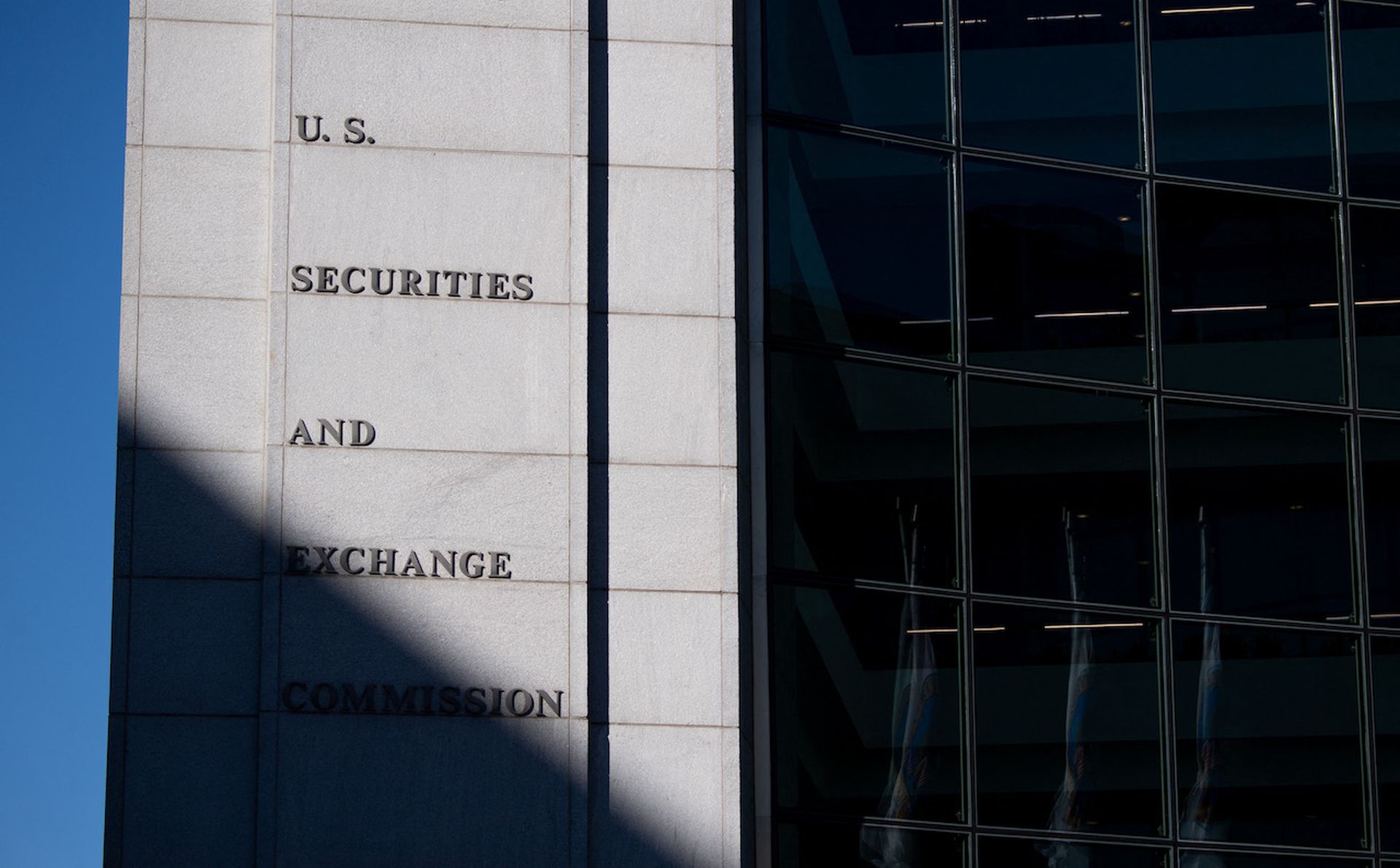As financial regulators increase their scrutiny (and their compliance demands) on the industry, service providers are striking deals and developing new products aimed at helping automate the systems that would equip banks, credit unions and investment companies to find money launderers.
The most recent case in point: AI and machine-learning developer Resistant AI announced on March 21 its partnership with data intelligence purveyor ComplyAdvantage to build out more extensive and accurate anti-money laundering (AML) tools for financial institutions.
Kicking off the deal officially at the Annual International AML and Financial Crime Conference (ACAMS) being held this week in Hollywood, Florida, the two firms say that their complementary technologies will help them create a “purpose-built AI solution” to help banks, credit unions and investment firms pinpoint financial crimes like AML, at a time when U.S. financial regulators are expanding compliance rules and cracking down more aggressively on those firms that do not carefully comb their transactions for illegal activity.
“Sanctions on this unprecedented scale have dramatic consequences,” Martin Rehak, founder and CEO at Resistant AI, said in a prepared release. “We predict that the volume of money laundering attempts will skyrocket over the next few months.”
And industry research lines up with his prediction. More than $800 billion to $2 trillion are laundered every year, which represents as much as 5% of the worldwide gross domestic product, according to a study from the United Nations. The financial industry, in turn, has responded, upping the ante on AML compliance spending, which exceeded roughly $8 billion last year, according to consultancy PwC.
But here’s the rub: Despite greater commitment and investment, the vast majority (some estimate as much as 95%) of potential fraud or money laundering transactions detected by traditional AML systems are false positives — which creates an undue burden on IT security teams, wastes resources, and creates alert fatigue.
In the end, financial firms are still getting slammed with fines. Within the last week, USAA was fined $140 million by the Financial Crimes Enforcement Network and the Office of the Comptroller of the Currency for not having good enough money laundering systems and protocols.
By combining Resistant AI’s artificial intelligence and machine learning technology with ComplyAdvantage’s transactions risk monitoring, the pair hope to better detect the clusters of actual money laundering incidents or other financial crimes — without as many false positives — and prioritize the potential illegal transactions the system does find. (The use of AI, particularly for detecting fraud or compliance issues, has become very popular very quickly in the industry as 3 out of 5 financial institutions have embraced at least one form of AI in their systems, according to McKinsey & Co.)
According to Roger Walton, chief revenue officer for Resistant AI, expects the partnership to help “uncover previously hidden patterns of fraud and money laundering, thanks to anomaly detection and powerful clustering algorithms that detect unseen relations between entities and transactions.”
By automatically prioritizing the likelihood of fraud with all the alerts that come in, the human analysts can “focus on the highest-risk cases first, ensuring suspicious activity reports are raised in a timely and accurate manner,” Walton added.
For financial firms, trying to keep up with their cyber adversaries and meet heightened compliance demands, more advanced AML tools are arguably becoming table stakes.
“We know that the bad actors will leverage technology and advanced analytics to continue raising the stakes,” Charlie Delingpole, founder and CEO at ComplyAdvantage, said in a prepared release. “Even the most subtle patterns of behavior can reveal attempts to evade sanctions and ultimately huge financial losses.”
For his part, Walton believed that financial firms would do well to “monitor developments in the regulatory landscape closely and plan for changes to your fraud and financial crime controls early, make sure you have the right level of oversight on your automated systems so you can spot threats and adapt to new threats early [and] reevaluate fraud and AML scenarios periodically to evaluate effectiveness.”



